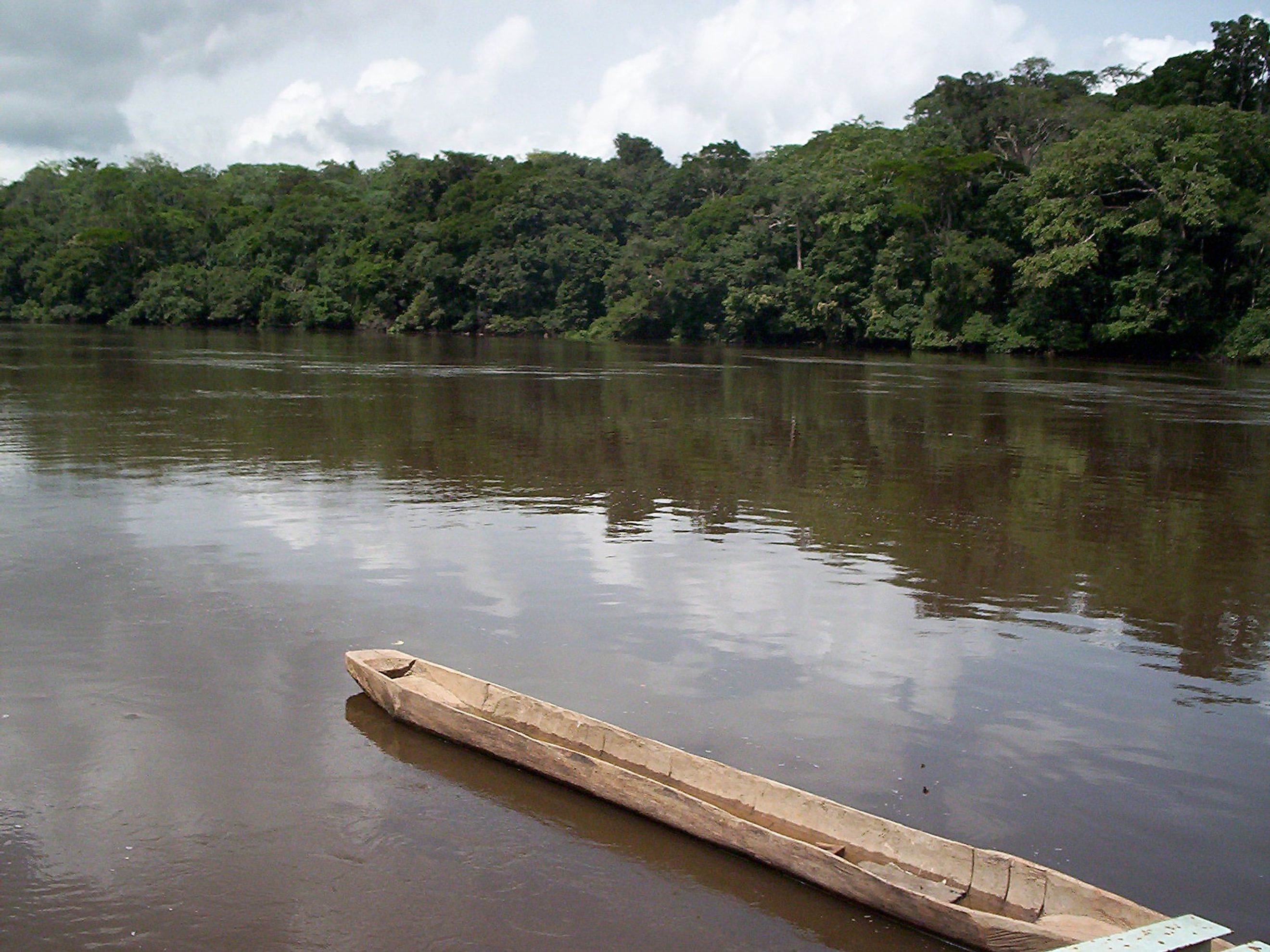
Dja River
The Dja River is a prominent river that traverses through the dense rainforests of Cameroon and the Republic of Congo in Central Africa. Spanning approximately 450 miles in length, the river serves as a major tributary of the Congo River, which is one of the longest rivers in Africa. The Dja River originates from the hilly region near Abong-Mbang in Cameroon and flows in a meandering pattern, forming the border between Cameroon and the Republic of Congo for a significant stretch before joining the Sangha River in the Republic of Congo.
History
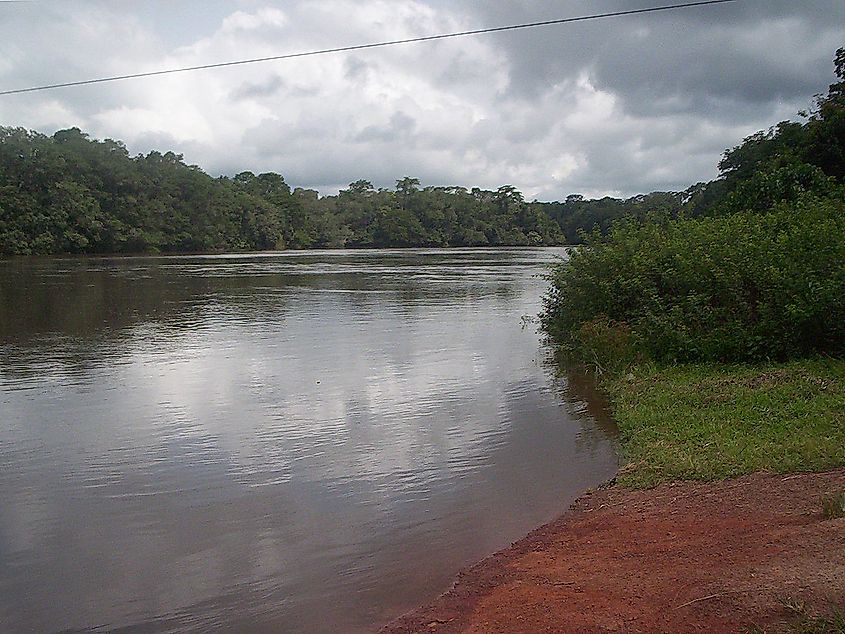
The Dja River has a rich cultural and historical significance. The indigenous Baka people have inhabited the region surrounding the river for centuries and have a deep spiritual connection with the river and its surrounding rainforest. They have relied on the river for sustenance, transportation, and cultural practices, forming an integral part of their way of life.
The region has also witnessed increasing scientific interest in recent times. The Dja River and its surrounding rainforest have gained recognition for their ecological importance, designated as a UNESCO World Heritage site known as the Dja Faunal Reserve. This recognition underscores the significance of the river and its surrounding ecosystem in terms of biodiversity conservation and cultural heritage preservation.
Climate
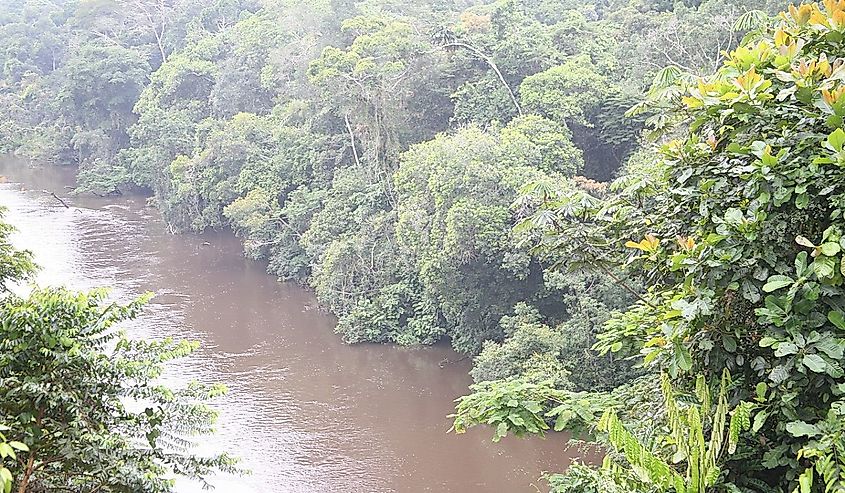
The climate along the Dja River is characterized by a tropical rainforest climate, which is hot and humid with high levels of rainfall throughout the year. The region experiences two rainy seasons, from March to June and from September to November, with December to February being relatively drier. The heavy rainfall sustains the lush rainforests that line the riverbanks, making it one of the most biodiverse regions on Earth.
The rainfall and humidity of the region create a favorable environment for the growth of diverse flora and fauna, making the Dja River and its surrounding rainforest a hotspot of biodiversity. The rainforest is home to a wide array of plant species, including towering trees, vines, and epiphytes, which form a complex and intricate ecosystem.
Wildlife
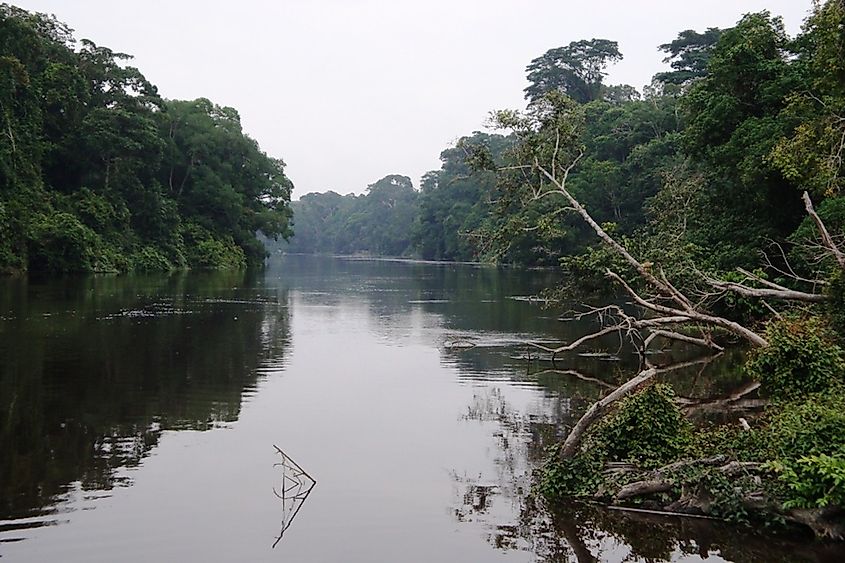
The Dja River and its surrounding rainforest are known for their exceptional biodiversity. The Dja Faunal Reserve, which encompasses the river and its adjacent rainforest, is recognized as one of the most important sites for biodiversity conservation in Africa. The reserve is home to over 100 species of mammals, including endangered primates such as western lowland gorillas, chimpanzees, and forest elephants.
The river itself is teeming with fish species, making it a vital habitat for aquatic biodiversity. It is home to various fish species, including cichlids, catfish, and many others. These fish species provide a crucial food source for local communities and support the overall ecosystem health of the river.
The lush rainforest provides a habitat for numerous bird species, reptiles, and insects as well. Several bird species, such as African grey parrots, hornbills, and turacos, thrive in the rich biodiversity of the rainforest. Reptiles such as snakes, lizards, and turtles, as well as a diverse range of insects, including butterflies, beetles, and ants, are also found in the region.
Conservation Efforts
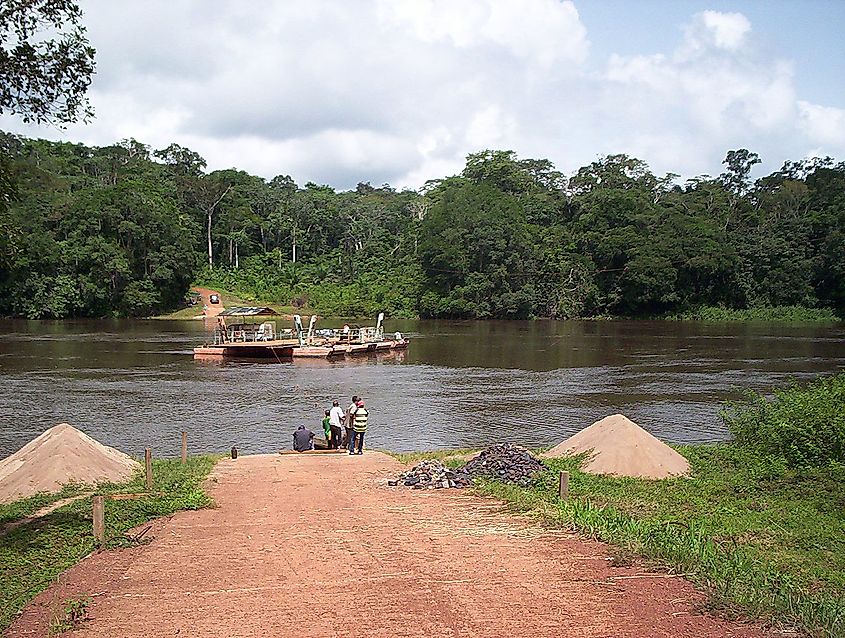
Efforts are underway to conserve and protect the Dja River and its surrounding rainforest. The Dja Faunal Reserve has been designated as a UNESCO World Heritage site since 1987, recognizing its outstanding biodiversity and cultural value. The government of Cameroon manages the reserve with the involvement of local communities, conservation organizations, and other stakeholders.
Conservation efforts in the Dja River region focus on sustainable management practices, community engagement, and raising awareness about the importance of the river's ecosystem. This includes measures such as promoting sustainable fishing practices, combating deforestation, and addressing illegal hunting and fishing practices. Efforts also aim to involve local communities in conservation activities, recognizing their traditional knowledge and practices as valuable contributions to safeguarding the river's ecosystem.
In addition to local conservation efforts, international organizations, and researchers have also studied and helped with the conservation of the Dja River and its surrounding rainforest. Research conducted in the region has contributed to the understanding of the biodiversity, ecology, and cultural significance of the Dja River, helping to inform conservation strategies and management plans.
However, despite the conservation efforts in place, the Dja River and its ecosystem face ongoing threats. Deforestation, illegal logging, illegal hunting and fishing, and infrastructure development pose significant challenges to the sustainability of the river and its surrounding rainforest. Climate change also presents potential risks, including changes in rainfall patterns and habitat degradation.
Conclusion
The Dja River is a significant river in Central Africa that traverses through dense rainforests, forming an integral part of the Congo River system. Its rich history, diverse climate, and exceptional biodiversity make it a unique and important ecosystem. Efforts are underway to conserve and protect the river and its surrounding rainforest, including designation as a UNESCO World Heritage site and local community engagement in sustainable management practices. However, ongoing threats such as deforestation, illegal activities, and climate change continue to pose challenges to the sustainability of the Dja River ecosystem. It is crucial to continue the conservation efforts and raise awareness about the importance of this remarkable river and its surrounding rainforest for the benefit of current and future generations.










